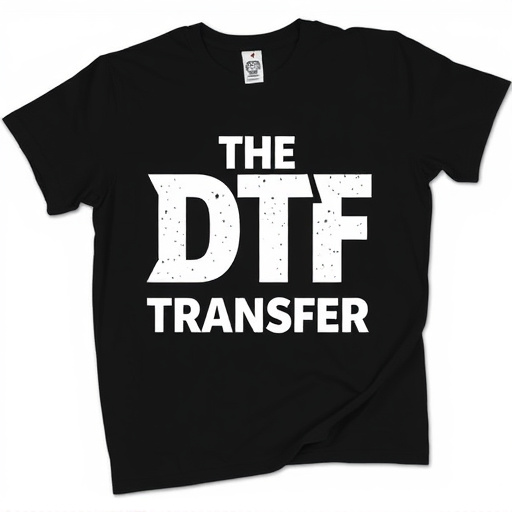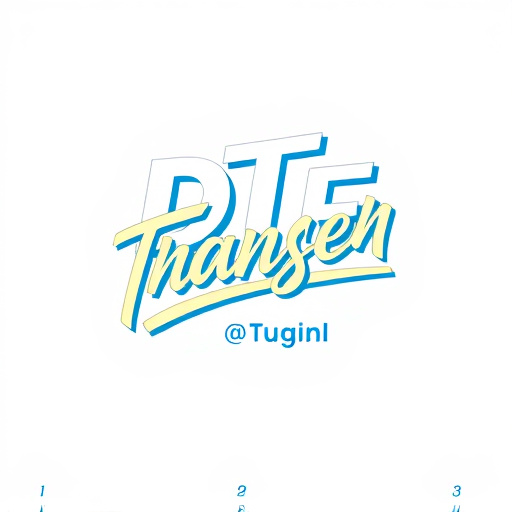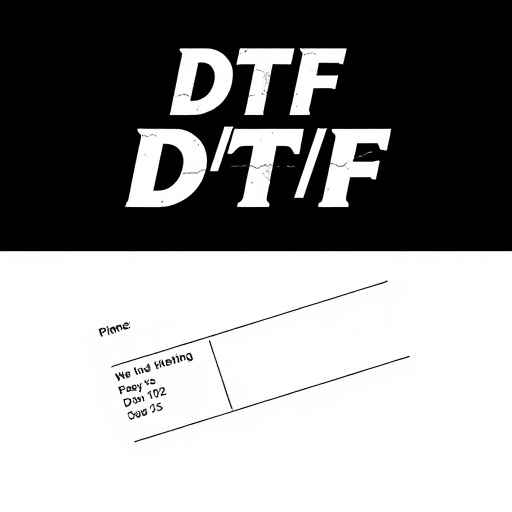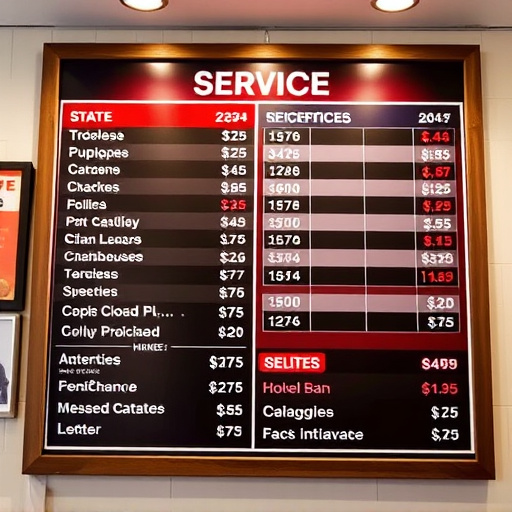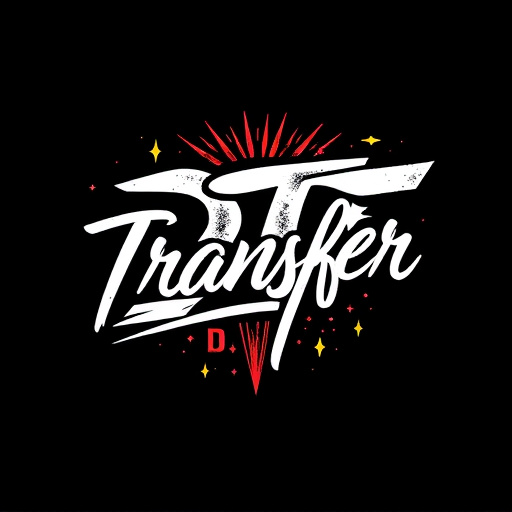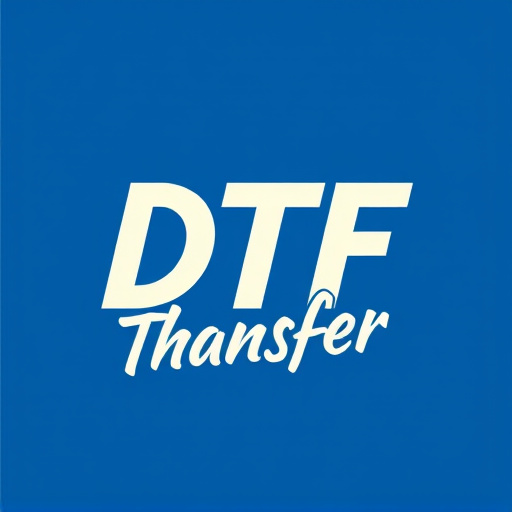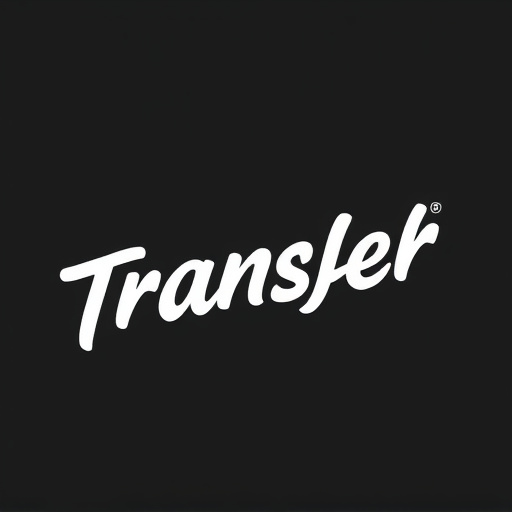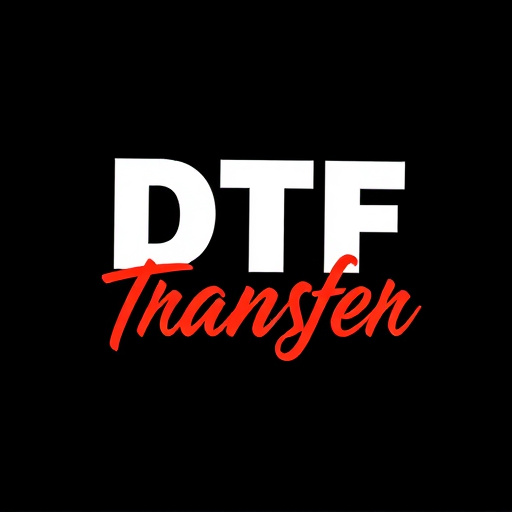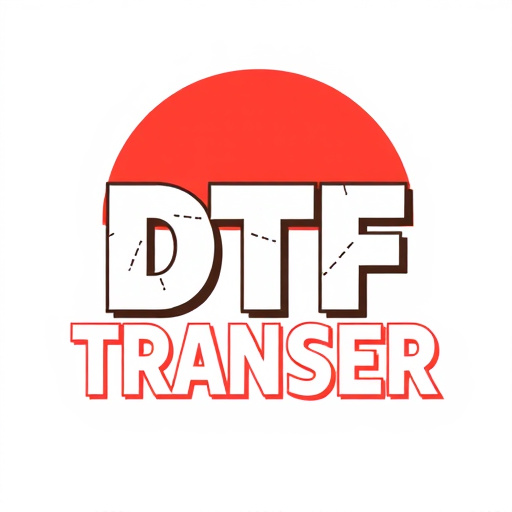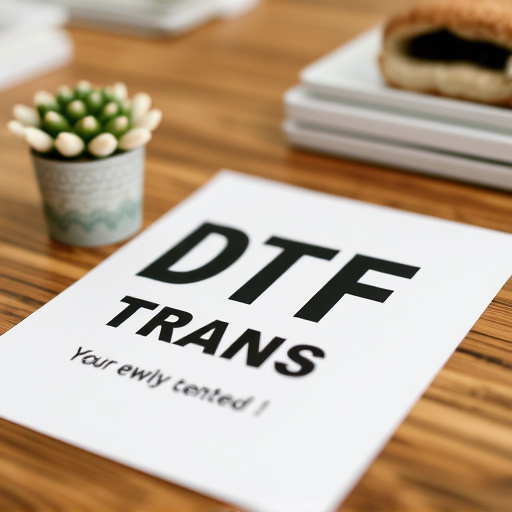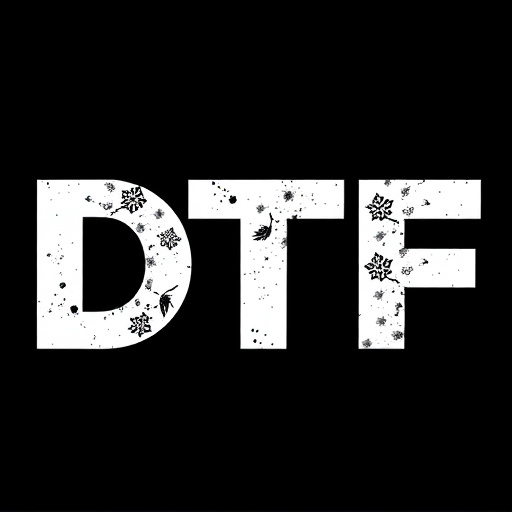DTF (Direct to Fabric) printing is a game-changing technology for product customization, offering exceptional color accuracy and design flexibility. By submitting pre-arranged designs with specific file requirements, printers can achieve high-quality results with faster turnaround times. The process involves preparing designs in compatible formats, reviewing specifications, setting up print plates, and using specialized equipment to transfer intricate patterns onto fabrics or plastics. Quality control measures, including software simulations and test prints, ensure flawless DTF transfers, while clear communication with printers guarantees successful outcomes aligned with desired finishes and effects.
Discover the efficient way to print custom designs with DTF (Direct to Fabric) transfer technology. This article explores the option of submitting pre-arranged designs, offering a seamless process from concept to final product. Learn about the advantages, from enhanced productivity to improved design accuracy. We’ll guide you through preparing your artwork, understanding the printing process, and maintaining quality control. Effective communication with printers is also key, ensuring optimal results every time.
- Understanding DTF Printing: A Quick Overview
- Benefits of Pre-Arranged Design Submission
- Preparing Your Designs for Optimal Results
- The Process: From Submission to Print
- Ensuring Quality Control During Production
- Tips for Effective Communication with Printers
Understanding DTF Printing: A Quick Overview

DTF (Direct to Fabric) printing is a cutting-edge technique that allows for precise and vibrant transfer of designs onto various materials, from cotton tees to canvas bags. This innovative process streamlines the design-to-product pipeline by enabling printers to apply intricate patterns directly onto fabrics using heat and pressure.
Unlike traditional printing methods that rely on ink and surfaces, DTF transfers use a special film infused with pigments that fuses with the fabric during the heating process. This method offers unmatched color accuracy, ensuring that designs maintain their vibrancy and detail. Additionally, it provides greater flexibility in terms of design complexity and material types, making it a preferred choice for custom apparel, promotional items, and artistic creations.
Benefits of Pre-Arranged Design Submission

Submitting pre-arranged designs for DTF (Direct to Fabric) printing offers several advantages for both creators and manufacturers. One of the key benefits is efficiency; when designers provide detailed, ready-to-print files, it streamlines the production process. This method eliminates the back-and-forth communication required to refine designs, resulting in faster turnaround times and quicker delivery of final products.
Additionally, pre-arranged design submissions ensure consistency and high-quality prints. With all the necessary elements already integrated into the file, printers can focus on the DTF transfer process without worrying about design compatibility or potential errors. This precision leads to more vibrant and precise color reproduction, enhancing the overall aesthetic appeal of the printed garments or materials.
Preparing Your Designs for Optimal Results
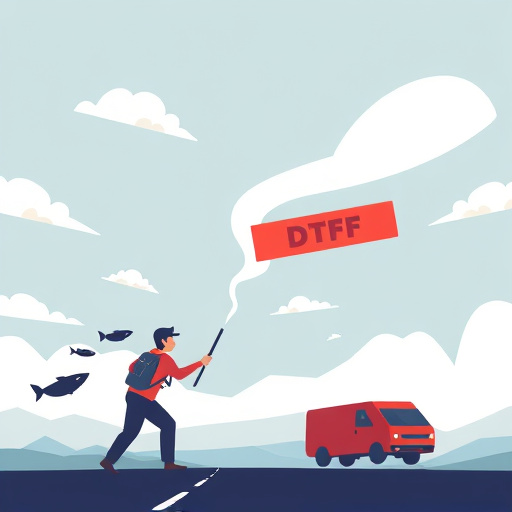
Preparing your designs for DTF (Direct-to-Film) printing is a crucial step to ensure optimal results and high-quality transfers. Start by ensuring your artwork is in a compatible file format, such as SVG or PNG, with a minimum resolution of 300 DPI (dots per inch). This ensures sharp details and smooth lines when printed. Remove any unnecessary elements or background colors to avoid unwanted markings on the film.
For best practices, make sure your design has adequate contrast between the print area and the surrounding background. This clarity helps in precise cutting during the printing process. Additionally, consider the size of your design; it should be scaled appropriately for the desired application, whether it’s a small emblem or a large graphic. Proper preparation allows for seamless integration of your design onto various products, creating visually appealing DTF transfers.
The Process: From Submission to Print

When submitting designs for DTF (Direct-to-Film) printing, the process begins with a clear understanding of the customer’s vision. Users can choose to provide pre-arranged designs, ensuring a smoother workflow. This method allows for precise control over every detail, from color schemes to image placement. After receiving the design, printers carefully review it to confirm it meets the required specifications and resolution for optimal DTF transfer.
Once approved, the design is prepared for printing. This involves setting up the print plate and ensuring the film is aligned correctly. The actual DTF transfer process utilizes specialized equipment to apply the design onto a substrate, whether it’s fabric, plastic, or other materials. This technology guarantees precise color replication and sharp details, making it ideal for high-quality prints on various surfaces.
Ensuring Quality Control During Production
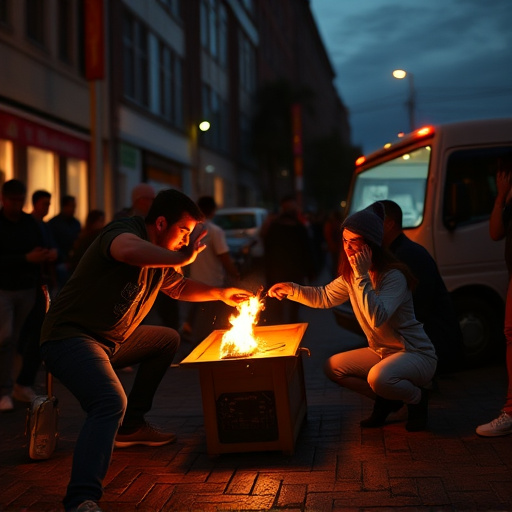
When submitting pre-arranged designs for DTF (Direct to Fabric) printing, maintaining quality control is paramount. It involves a meticulous process where each design element, from line thickness to color accuracy, undergoes rigorous scrutiny before production. This ensures that the final printed products meet the highest standards of excellence.
Quality control measures in DTF transfer specifically focus on verifying the design’s integrity on the fabric medium. This includes checking for any print defects, misalignments, or color inconsistencies. Advanced techniques, such as using specialized software to simulate the printing process and conducting test prints, play a crucial role in catching potential issues early. By implementing these controls, manufacturers can guarantee that every DTF transfer is flawless, ensuring customer satisfaction and preserving the reputation of the brand.
Tips for Effective Communication with Printers
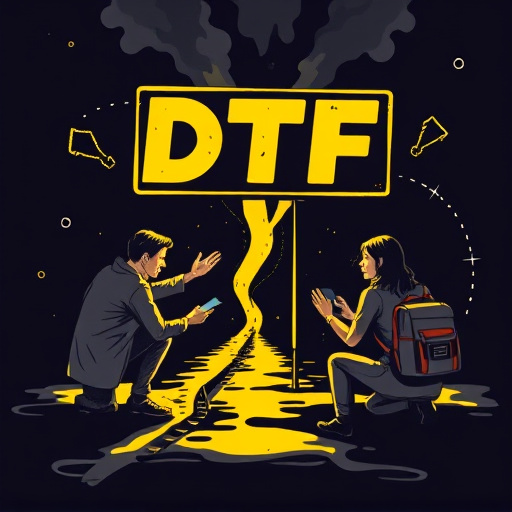
When submitting pre-arranged designs for DTF (Direct to Film) printing, clear and effective communication with your printer is key. Start by ensuring your design files are high-quality and properly formatted according to the printer’s specifications. This includes using the correct resolution, color mode, and file type. Using vector graphics or high-resolution raster images guarantees a crisp transfer onto the film.
Additionally, provide detailed instructions on any specific requirements or preferences you have for the print job. Mention if you need particular finishes, such as matte or glossy, and specify any unique cut lines, bleed areas, or special effects desired. Regular communication throughout the process ensures your vision aligns with the printer’s capabilities, resulting in a successful DTF transfer.

